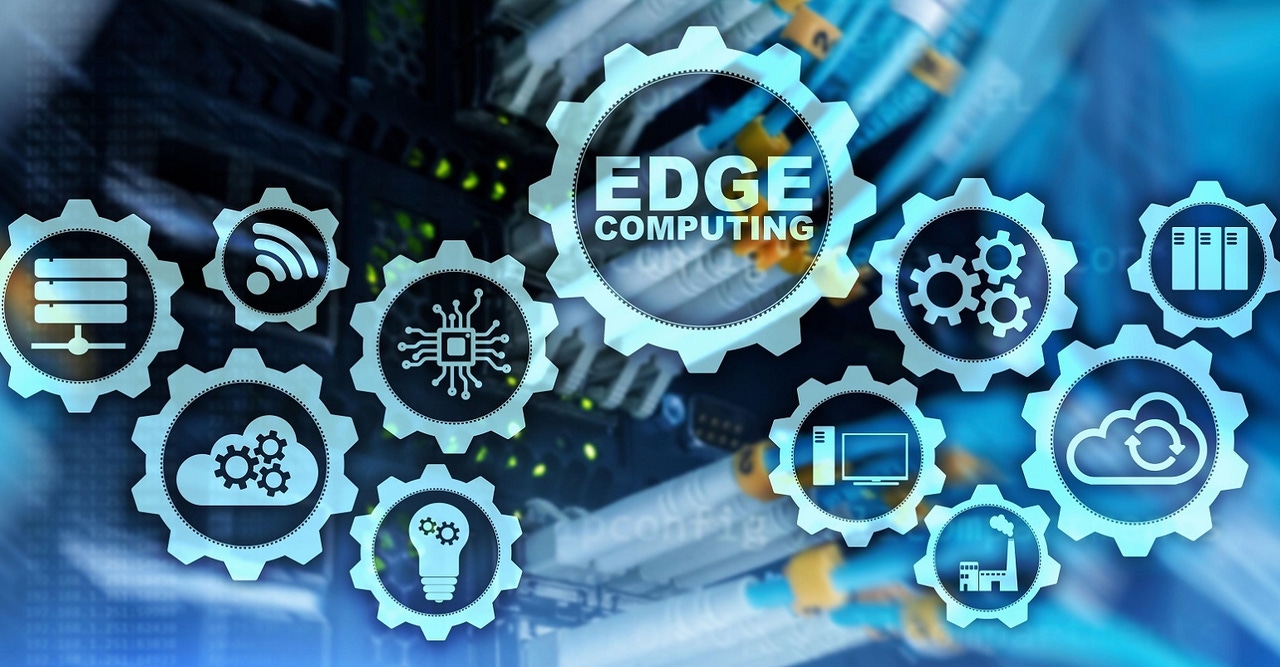The Stubborn Immaturity of Edge ComputingThe Stubborn Immaturity of Edge Computing
Edge computing is taking a long time to grow up. Here's why.
February 13, 2023

Based on my client inquiries, edge computing is hot. But it's also very, very immature and it's taking a long time to grow up. Why?
Because enterprises aren't doing "edge computing." They're doing automation, and agility, and speed, and customer experience, and productivity, and predictive maintenance, and office health, and public safety, and quality control, and…I could go on.
Edge computing is a style of computing that describes HOW enterprises are expanding digital transformation from the back-office to their stores, and people, and equipment. But today, when I talk to enterprise clients, they're focused on specific use cases, not "edge computing."
Of course, they don't even think of it as "the edge." To them, it's where real work takes place. So when IT vendors and cloud providers and carriers talk about the "far edge" (where real customers and real factories and real work takes place), that makes no sense to people outside of IT vendors' data-center-centric bubble. The real world doesn't revolve around the data center, or the cloud. What's really far in the real world? The cloud. The data center.
Edge computing is a technology style that's part of a digital transformation trend. Digital transformation has been on a march for decades, well before we called it that. It's accelerated because of cloud computing, and global connectivity. A lot of the technology transformation has been taking place at the back-end. In data centers, in business models. And there's a lot left to be done. But the true green field in digital transformation is where people and things and factories actually exist. (OK, we'll call that the "edge," but that's such an old IT-centric way of talking!)
Computing is becoming embedded in everything – from refrigerators to light bulbs. It's been getting cheaper, and easier. And more things are becoming digitally connected. Digital transformation at the edge means that people and things at the edge can interact digitally. Sure, they can also interact with the cloud, leverage cloud services, be managed from the cloud – but from the edge point-of-view, this is about controlling equipment with a voice, or automating systems through digital rules, or leveraging machine learning to create smart systems.
So why is edge computing hot, but maturing slowly?
Diversity.
We may classify computing that's extending from the cloud to the edge as "edge computing," but use cases, and topologies, and technologies, and technology stacks are wildly diverse. Context matters:
When edge computing is responsible for reacting to events within a millisecond
or filtering through lots of noisy data to find the useful bits to keep
or keeping an automated store running even when disconnected from the data center or cloud.
Radically different.
Enterprises are doing edge computing a use case at a time, driven by business requirements. Business technologists are often driving the effort – not central IT. Enterprises are generally not deploying platforms, or frameworks, or general-purpose solutions – they're often designing or working with industry-specific vendors to design highly specific and often first-of-a-kind solutions. Snowflakes.
Yes, we're going to have "edge computing sprawl." Different ways of managing edge data, different ways of securing the edge, different ways of integrating the edge. A lot of brittle, one-off "edge computing" solutions that worked great for the one thing they were asked to do, but nothing else. The overall digital transformation will become a cobbled-together mess that makes the enterprise less and less agile. This kind of digital transformation leads to digital disorder, digital gridlock.
Forward-thinking enterprises will look beyond the use case, be proactive, think extensibility and strategy. They're uncommon. And because of that, it's going to take a long time for standards, and reference architectures, and frameworks, and horizontal solution markets to mature.
So edge computing will continue to get hotter, but very soon, it will be easy to identify the forward-thinking enterprises from "shoot first, aim later" enterprises. Forward-thinking enterprises will be thinking about these use cases as a part of a broader digital transformation, and they'll be thinking about processes and technologies that they can leverage for today's edge computing needs, with extensibility for more. They'll be watching and helping to create standards, and building frameworks that make them more agile for the next use case. They'll choose vendors that will survive the "great edge sprawl shake-out." They won't wait, they'll start small, but think big.
While others are shoveling out from a blizzard of snowflakes.
This article originally appeared on the Gartner Blog Network.
About the Author
You May Also Like








.jpg?width=700&auto=webp&quality=80&disable=upscale)
